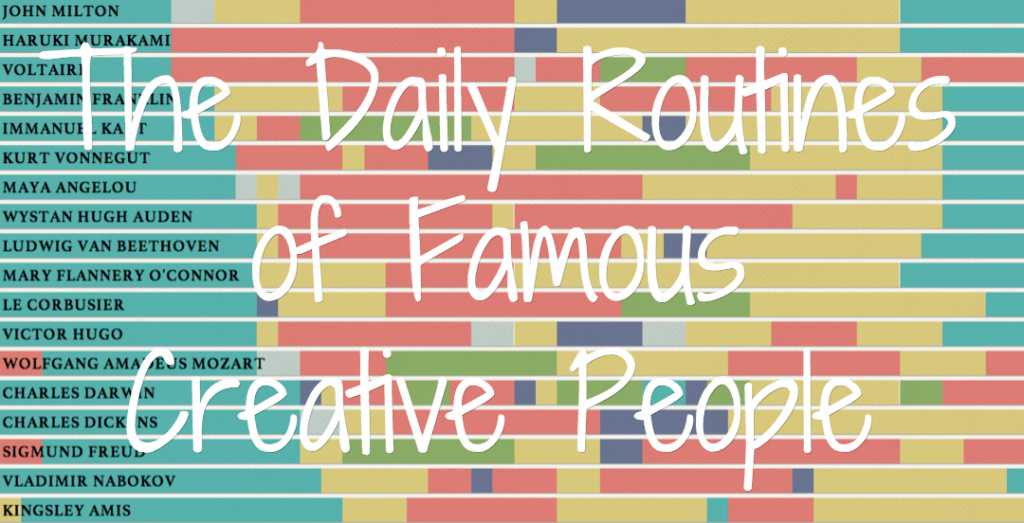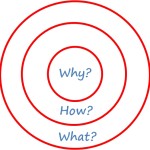
Had this shared with me from the folks at Podio, a collaborative work app. They mapped out the daily routines of some of the more famous creative people in history. I see a lot of sleep and leisure mixed in with their creative work. Much of their fitness or workout times were just going for walks. Very few workaholics in the bunch.

Want to develop a better work routine? Discover how some of the world’s greatest minds organized their days.
Click image to see the interactive version (via Podio).



